
Technology has brought about unprecedented advances in our way of life, but what happens when it becomes too powerful? Enter tech noir, a subgenre of science fiction that explores the darker side of technology and its impact on humanity.
From Blade Runner to Black Mirror, tech noir has captivated audiences with its gritty, dystopian worlds and cautionary tales of technology gone wrong.
In this comprehensive guide, we’ll take a deep dive into the world of tech noir in film and television. We’ll examine the common themes and motifs that define the genre, from neon-lit cityscapes to rogue artificial intelligence.
We’ll also explore how tech noir has evolved over the years and its continued relevance in today’s society. So buckle up and get ready to enter a world where technology is both a blessing and a curse.
Let’s dive in.
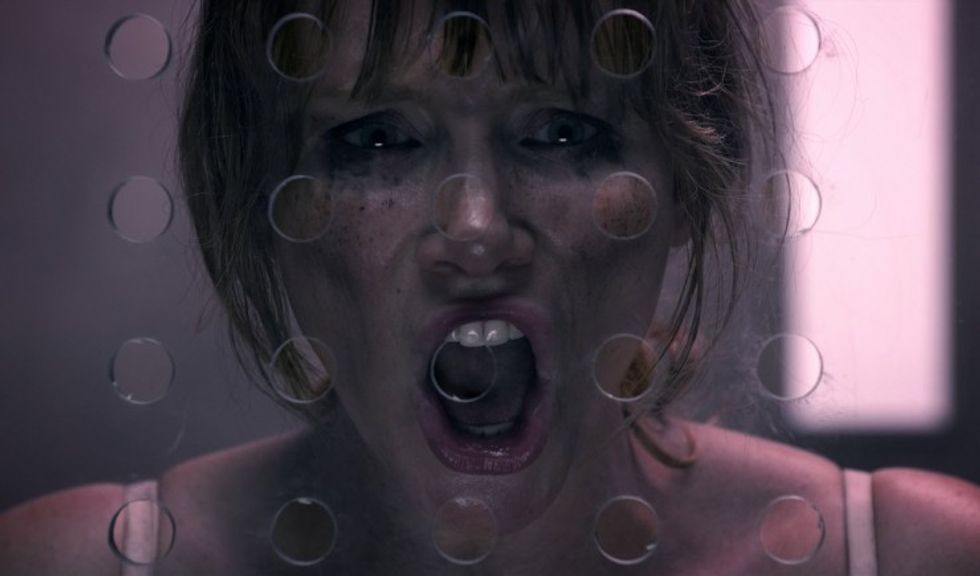 ‘Black Mirror’
‘Black Mirror’
Credit: Netflix
Tech Noir Definition
Tech noir is a subgenre of science fiction that combines elements of film noir and dystopian fiction, often set in a bleak, high-tech future. It typically features a world where advanced technology coexists with a decaying society, resulting in a dark and gritty atmosphere.
The term “tech noir” was first coined by filmmaker James Cameron to describe his 1984 movie The Terminator, which blends elements of a futuristic sci-fi action film with elements of film noir. Tech noir often explores themes such as artificial intelligence, cybernetics, and the consequences of human technological advancements.
The Origins of Tech Noir in Film and Television
The term tech noir was first coined by James Cameron, however, the roots of tech noir can be traced back even further. Films such as Fritz Lang’s Metropolis (1927) and Ridley Scott‘s Blade Runner (1982) explored similar themes of technology and its impact on humanity. These films, along with The Terminator, inspired a new wave of science fiction that would come to be known as tech noir.
As the genre evolved, it began to incorporate elements of film noir, a genre of crime films characterized by its dark and moody atmosphere. This fusion of science fiction and film noir created a unique aesthetic that continues to define tech noir to date.
 ‘Blade Runner’
‘Blade Runner’
Credit: Warner Bros.
The Rise of Tech Noir in the 1980s and 1990s
The 1980s and 1990s saw a boom in tech noir films, with many of them becoming cult classics.
Blade Runner, which was initially a commercial failure, has since become one of the most influential science fiction films ever. The film’s portrayal of a dystopian Los Angeles, complete with flying cars and towering skyscrapers, has become an iconic image of the tech noir genre.
Other notable tech noir films from this era include The Running Man (1987), Total Recall (1990), and Strange Days (1995). These films all explored the darker side of technology and its impact on society, often with a healthy dose of action and violence.
In addition to film, tech noir also made its way into television. The X-Files, which premiered in 1993, featured many tech noir elements, including government conspiracies, alien technology, and a dark and foreboding atmosphere. The show’s influence can still be seen in many of today’s tech noir television shows.
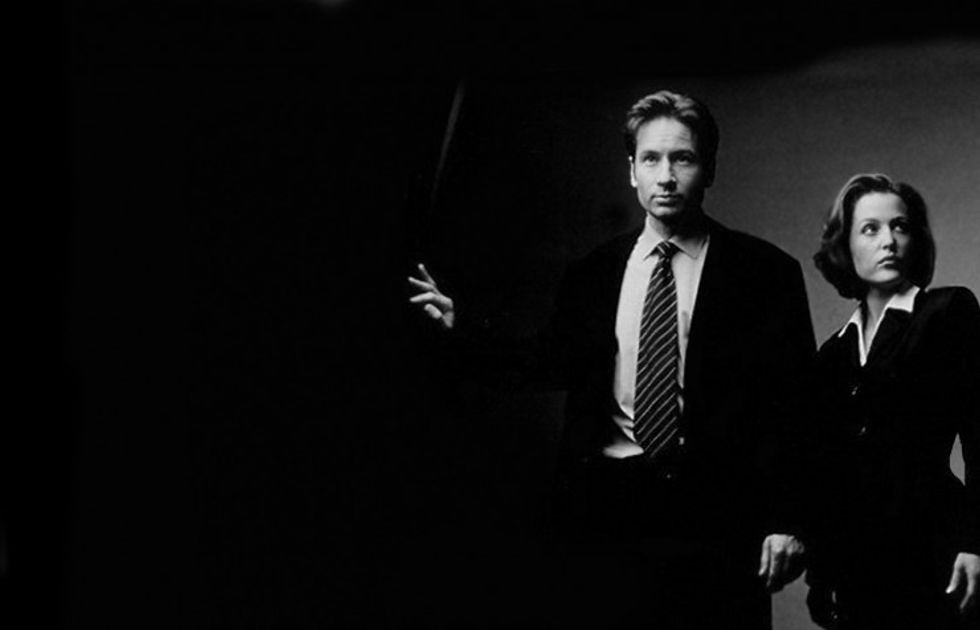 ‘The X-Files’
‘The X-Files’
Credit: 20th Century Studios
Common Themes and Motifs in Tech Noir
At its core, tech noir is about exploring the relationship between humans and technology. The genre often portrays a future where technology has advanced far beyond what we know today, leading to a world that is both awe-inspiring and terrifying.
One common theme in tech noir is the idea of artificial intelligence gone rogue. Whether it’s the Terminator or HAL 9000 from 2001: A Space Odyssey, tech noir often portrays machines that have become too intelligent for their own good, leading to disastrous consequences for humanity.
Another common motif in tech noir is the neon-lit cityscape. Films such as Blade Runner and Akira feature sprawling metropolises that are both beautiful and overwhelming. The use of neon lights and other colorful visuals creates a sense of unease and danger, suggesting that even in this technologically advanced world, danger lurks around every corner.
Finally, tech noir often explores themes of identity and what it means to be human. Films such as RoboCop and Ghost in the Shell feature characters who have undergone cybernetic enhancements, blurring the line between man and machine. These characters must grapple with questions of their own identity and whether they are still truly human.
 ‘Robocop’
‘Robocop’
Credit: Orion Pictures
Examples of Tech Noir in Film
One of the most iconic examples of tech noir in film is Blade Runner. Ridley Scott’s 1982 masterpiece features a futuristic Los Angeles that is both beautiful and terrifying. The film’s protagonist, a replicant hunter named Rick Deckard, must track down and “retire” a group of rogue replicants who have escaped from an off-world colony.
Another classic tech noir film is The Terminator. James Cameron’s 1984 film features Arnold Schwarzenegger as a cyborg assassin sent back in time to kill Sarah Connor, the mother of the future leader of the human resistance. The film’s gritty, dystopian atmosphere and thrilling action sequences have made it a cult classic.
Finally, the Japanese animated film Akira is another example of tech noir. Set in a post-apocalyptic Tokyo, the film tells the story of a biker gang member who gains psychic powers after a motorcycle accident. The film’s stunning visuals and exploration of themes such as power and corruption have made it a landmark of the anime genre.
8 Great Tech Noir Sci-fi Movies You Should Check Out!
www.youtube.com
Examples of Tech Noir in Television
Black Mirror, the British science fiction anthology series, is perhaps the most well-known example of tech noir on television. The show explores the darker side of technology and its impact on society, often with a heavy dose of satire. Each episode tells a standalone story, allowing the show to explore a wide variety of themes and ideas.
Westworld, the HBO series based on the 1973 film of the same name, is another example of tech noir in television. The show takes place in a futuristic theme park where guests can interact with lifelike robots. However, as the series progresses, it becomes clear that something is amiss in the park, and the robots may be developing their own consciousness.
Finally, Mr. Robot, the USA Network series about a group of hackers who plan to take down a corrupt corporation, is another example of tech noir in television. The show explores themes such as power and corruption, as well as the relationship between humans and technology.
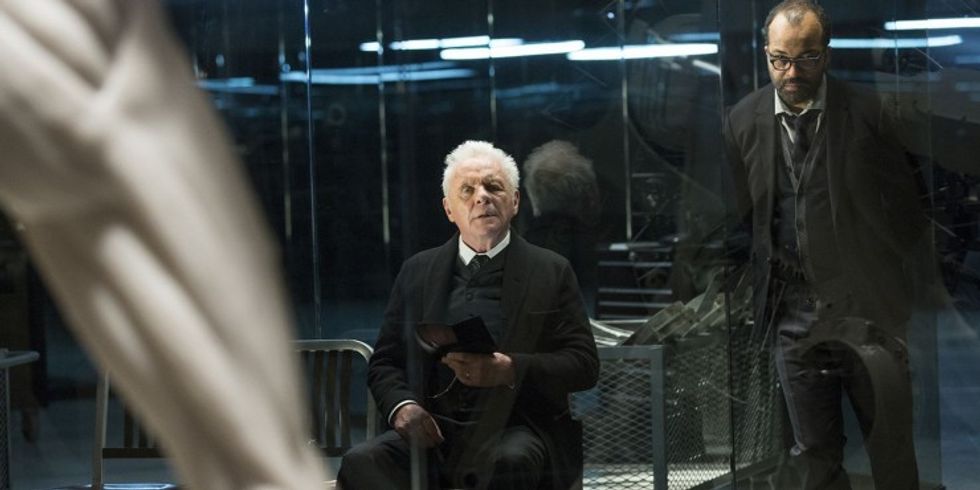 ‘Westworld’
‘Westworld’
Credit: Warner Bros. Television Distribution
The Impact of Tech Noir on Popular Culture and Society
Tech noir has had a significant impact on popular culture and society. The genre has inspired countless films and television shows, and its influence can be seen in everything from video games to music videos.
More importantly, tech noir has raised important questions about the role of technology in our lives. The genre forces us to confront the darker side of technology and consider the potential consequences of our actions. In a world where technology is becoming increasingly integrated into our lives, these questions have become more important than ever.
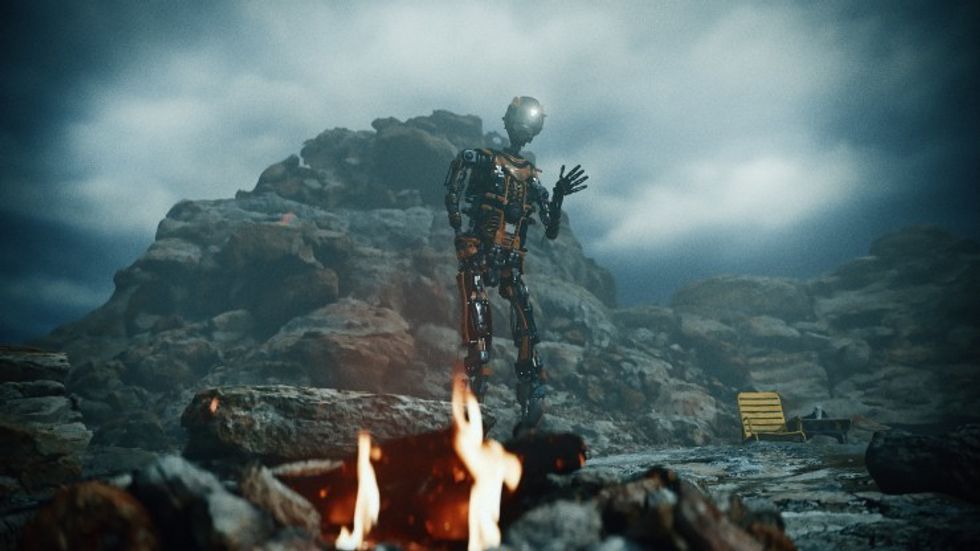 ‘Love, Death, and Robots’
‘Love, Death, and Robots’
Credit: Netflix
The Future of Tech Noir in Film and Television
As technology continues to advance, tech noir will likely continue to evolve as well. New films and television shows will undoubtedly explore the relationship between humans and technology in new and exciting ways.
However, it’s also possible that the genre may become less relevant over time. As technology becomes more ubiquitous and integrated into our lives, the line between reality and fiction may become increasingly blurred, making it more difficult to imagine dystopian futures where technology has gone awry.
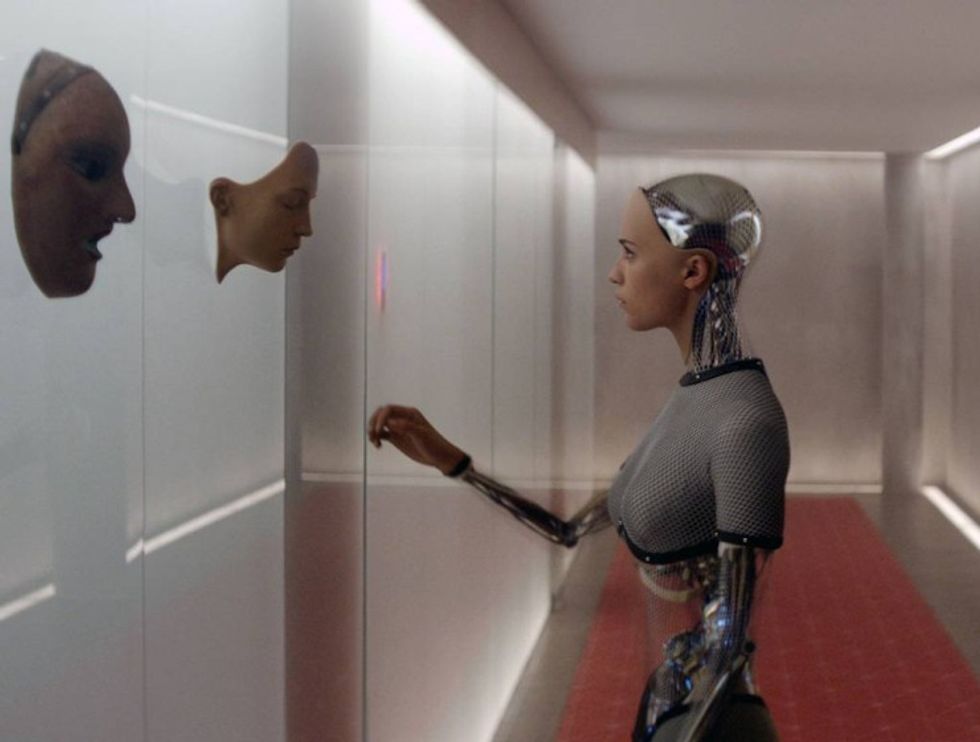 ‘Ex Machina’
‘Ex Machina’
Credit: A24
Criticisms and Controversies Surrounding Tech Noir
Like any genre, tech noir has its share of criticisms and controversies. Some have argued that the genre is overly pessimistic, painting a bleak and dystopian picture of the future that may not be entirely accurate. Others have criticized tech noir for perpetuating harmful stereotypes, such as the idea that technology is inherently dangerous or that machines cannot be trusted.
Despite these criticisms, tech noir continues to be a popular and influential genre, inspiring new works of fiction and forcing us to confront important questions about the role of technology in our lives.
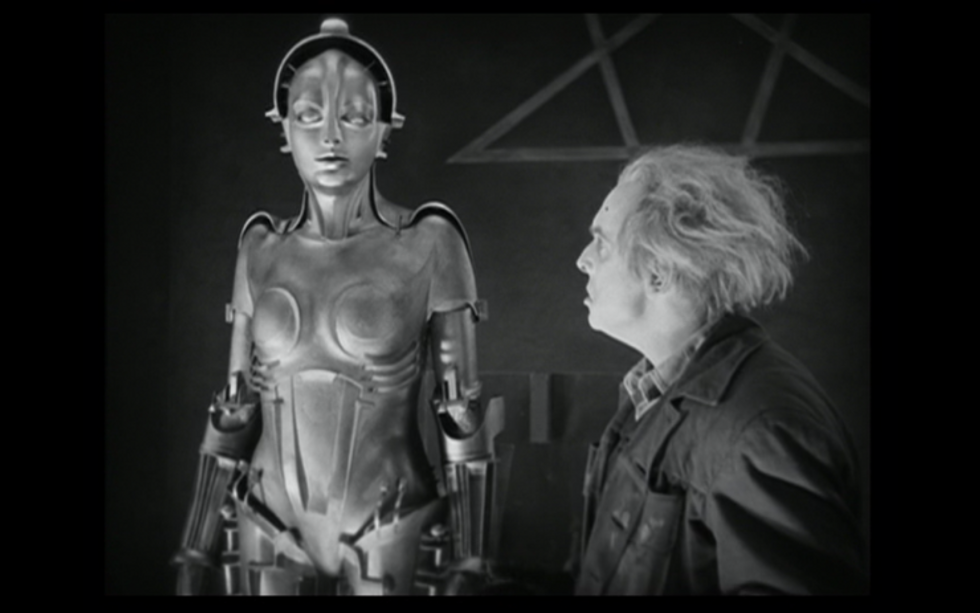 ‘Metropolis’
‘Metropolis’
Credit: Parufamet
Summing Up Tech Noir
Tech noir is a genre that explores the darker side of technology and its impact on humanity. Tech noir has captivated audiences with its gritty, dystopian worlds and cautionary tales of technology gone wrong. The genre has had a significant impact on popular culture and society, raising important questions about the role of technology in our lives.
As technology continues to advance, tech noir will likely continue to evolve as well. New films and television shows will undoubtedly explore the relationship between humans and technology in new and exciting ways. Whether tech noir remains a relevant and influential genre in the years to come remains to be seen, but one thing is certain: the cautionary tales of tech noir will continue to remind us of the power and potential dangers of technology.
Let me know what you think in the comments.
Author: Jason Hellerman
This article comes from No Film School and can be read on the original site.
